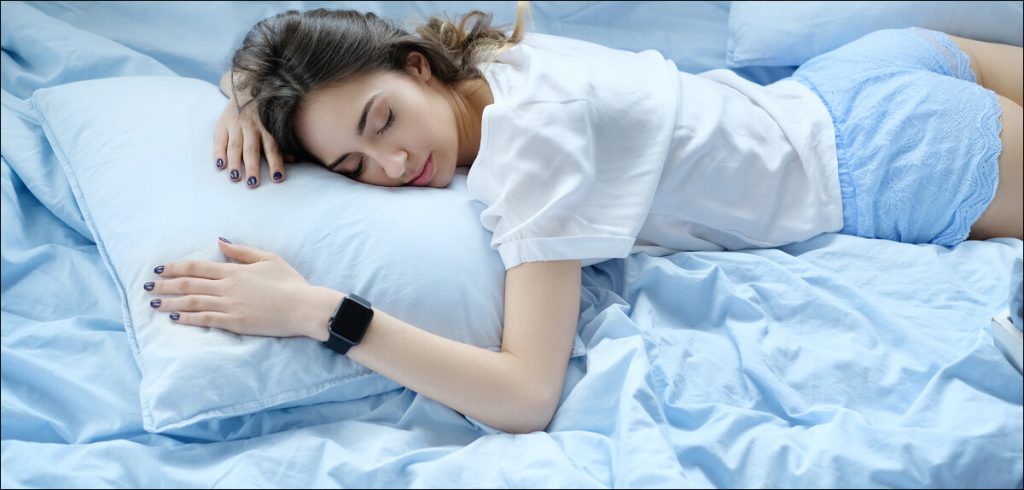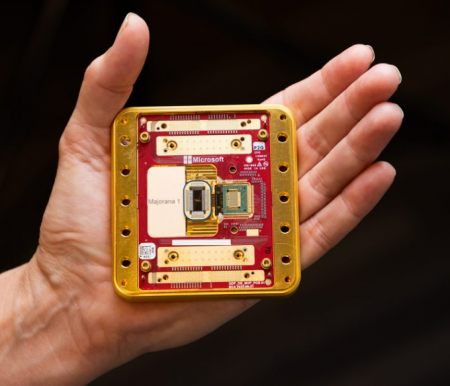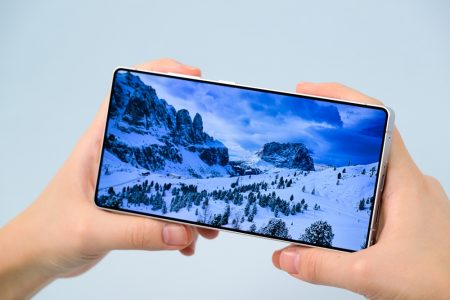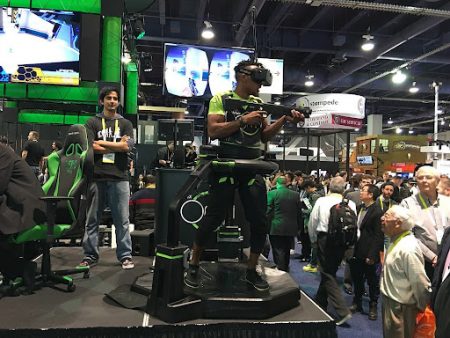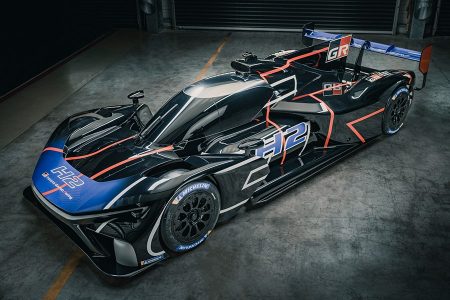The entanglement of sleep and technology is reaching unprecedented levels, ushering us into an era where dreams are both managed and disrupted by the very innovations designed to enhance our nightly repose.
Behold the epic tale of how technology has sneakily tiptoed into our precious sleep sanctuary, turning bedtime into a high-tech adventure! From sleep trackers that know more about our snoozing habits than we do, to wakefulness drugs that make caffeine look like a sleepy kitten, the 21st century has unleashed a barrage of innovations determined to revolutionize our time with the Sandman.
These gizmos and gadgets promise the moon (or at least a solid eight hours of shut-eye) by offering to customize our sleep schedules to fit our buzzing social lives, extend our slumber parties indefinitely, or even suggest skipping a night’s sleep entirely – because who needs dreams when you can have memes, right?
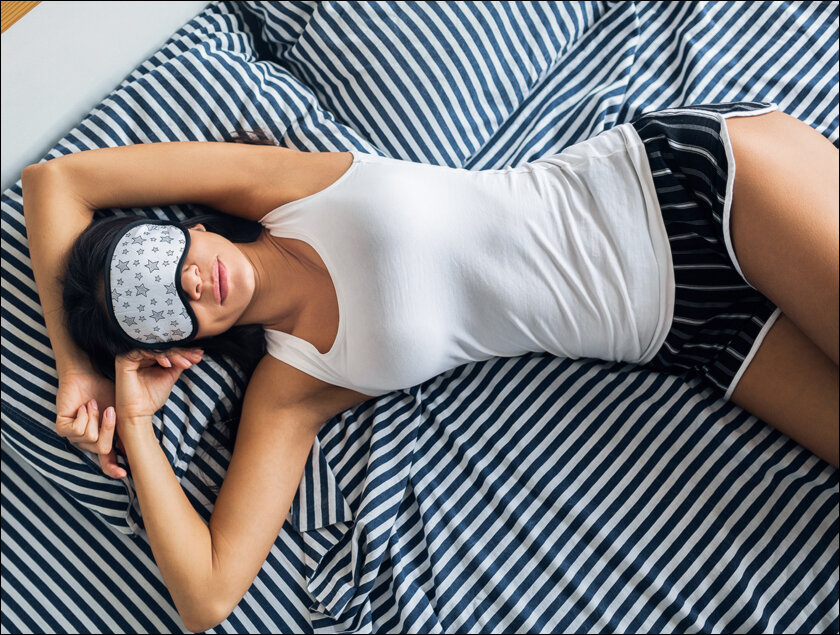
Prepare to witness the invasion of technology into the sacred realm of sleep, as we unravel the nocturnal conquest and peek into the hilarious crystal ball of the future. Get ready for a sleepover with gadgets and gizmos, because the 21st century is turning bedtime into a sci-fi adventure!
Rise and shine! (Time to Wake-up)
The era of wakefulness drugs is dawning, marching alongside the familiar realm of sleeping pills but claiming to be the cooler, safer cousins of caffeine. These stimulants perform their best dance on the sleep-deprived stage, leaving the well-rested audience with just a subtle nod.
Enter Modafinil, the rockstar of cognition enhancement, especially when sleep-deprivation takes center stage. Rumor has it that this drug can keep the night owls wide-eyed and bushy-tailed for days. While scientific studies juggle mixed results—some singing praises akin to caffeine, others a different tune—Modafinil, initially designed for narcoleptics, has found a new fan base seeking focus enhancement. This controlled substance demands a prescription in most countries, but risk-takers looking for a mental pick-me-up are turning to the black market or sharing prescriptions like trading cards.
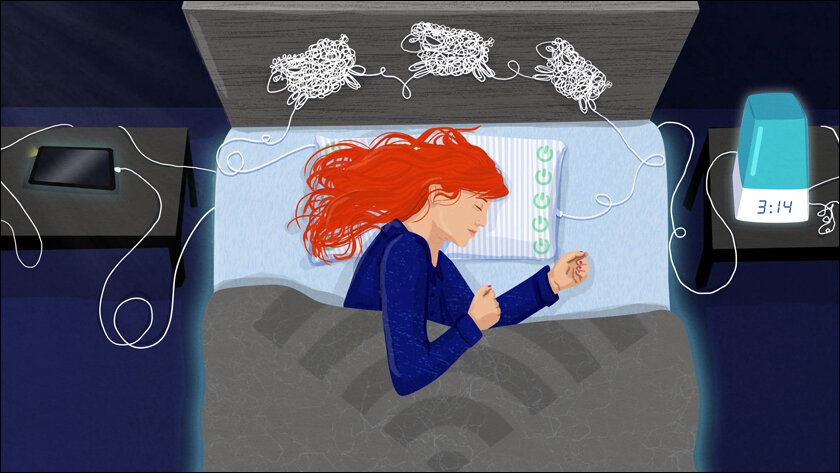
However, those playing fast and loose with these pills for non-medical kicks might be playing with fire. Safety studies often overlook the off label uses, leaving us in the dark about the toll these substances take on our bodies during prolonged wakefulness. Disrupting the sleep pattern, akin to the chaotic dance of shift work, has ties to health woes like diabetes and cardiovascular issues.
In the realm of experimentation, some are crafting their own nocturnal symphony by blending sleep aids with wakefulness potions, attempting to orchestrate the perfect harmony for their body clocks. The consequences of this mixtape remain unexplored.
As we tiptoe through the hazy landscape of sleep mysteries, it is evident that technology is pushing the boundaries faster than scientists can chase. In the UK, dealing or doling out prescription-only or unlicensed medicines is a criminal caper, while across the pond, even holding stimulants without a prescription is a legal fumble. India takes a firm stance, classifying these wakefulness wonders as prescription-only, making any unsanctioned usage a legal no-no. So, in this wakeful world, tread lightly, for the line between a helpful boost and a legal oops is often as blurry as the post-nap haze.
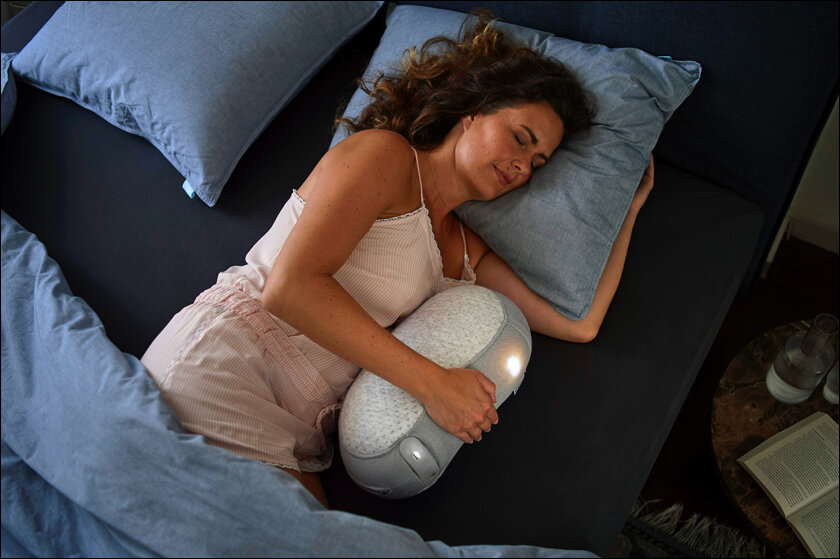
Smart sleep
In the ever-evolving landscape of bedtime tech, many folks have already hopped on the smart sleep bandwagon, strapping on smart watches, adorning smart jewelry, and wrapping fitness bands around their wrists – all in the pursuit of sleep wisdom. Picture this: alarms that serenade you awake at the exact moment your sleep cycle is doing a victory lap, and motion sensor apps that scrutinize your nighttime acrobatics.
But hold on to your sleep mask because the future of sleep surveillance might involve slipping into a pair of futuristic pajamas, armed with sensors that track every twist, turn, and heartbeat. It is like bedtime meets a high-tech symphony, where your sleep data takes center stage. And if that is not sci-fi enough, consider the prospect of snuggling up with a robot pillow. Yes, you heard it here first. This tech-savvy cushion comes equipped with an algorithm that crafts a soothing breathing pattern, promising to serenade you into dreamland with the finesse of a robotic lullaby.
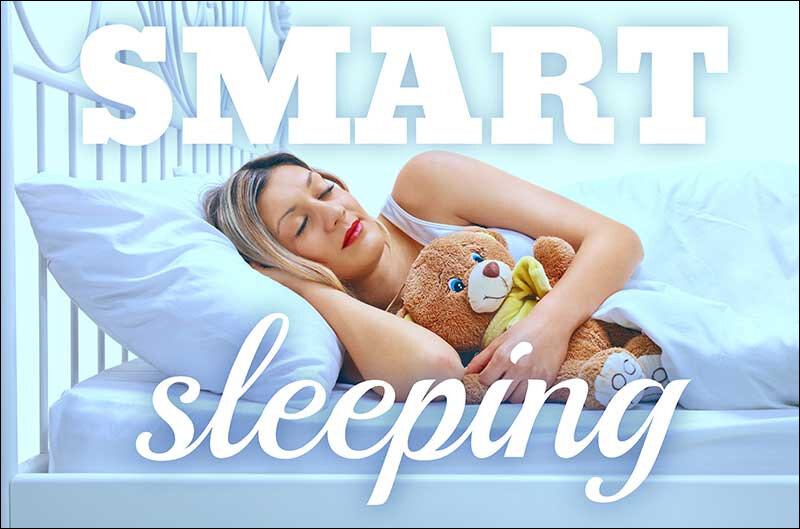
Meanwhile, in the sleep experiment hub that is Japan, care robots are taking their turn in the spotlight to test their mettle in the realm of bedtime assistance, especially for the elderly. These mechanical guardians, entrusted with the nighttime watch over care home residents, aren’t just there for show. They discreetly gather intel on sleep quality, providing diligent staff with the lowdown on residents’ nighttime adventures and ensuring everyone stays put during those nocturnal strolls.
In this brave new world where even, your pajamas have a degree in sensor technology, and robot pillows have mastered the art of sleep serenades, the future of slumber is looking increasingly fascinating. Sweet dreams and tech-infused tranquility await!
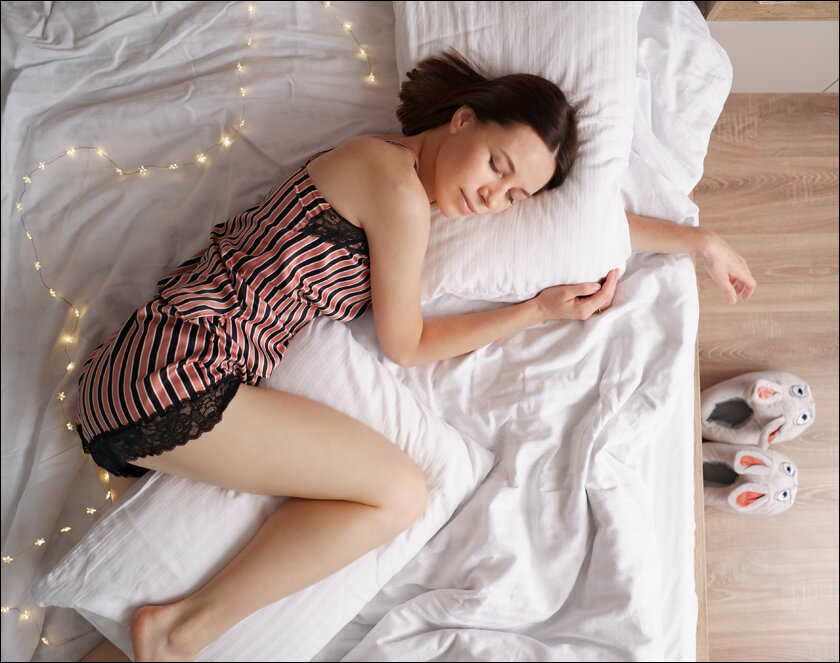
In your dreams
Dream management technologies are in the initial stages of their development, with scientists exploring the potential of sensory stimulation tools like virtual reality visors for the realm of sleep engineering. This innovative science involves exposing sleepers to specific sensory stimuli, such as clicking sounds and vibrations, precisely timed to different phases of the sleep cycle. The goal? To elevate sleep quality, boost memory, and potentially address conditions like post-traumatic stress disorder (PTSD).
Venturing into the intriguing realm of dream interpretation, progress is underway. Scientists are taking the initial strides by measuring brain activity during sleep and employing AI to decipher visual imagery. In a groundbreaking 2013 study, participants snoozed inside an MRI scanner and later recounted dream imagery. By comparing brain scans from these dreamers with scans from individuals viewing similar images while awake, researchers identified corresponding patterns of brain activity.
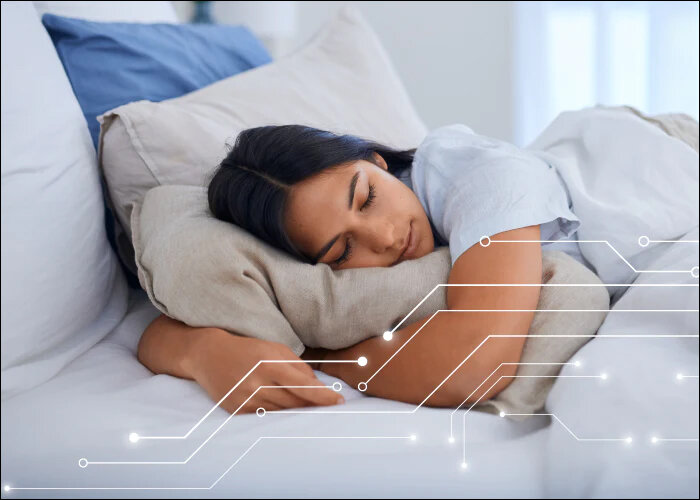
However, every tale of technological marvels has its dystopian chapter. The very devices we’ve come to depend on—electric lights, smartphones, streaming services—can wreak havoc on our sleep. A recent US study discovered that college students often share their beds with mobile phones, inviting potential disturbances from calls, software updates, or app notifications. The nighttime norm of watching TV, playing video games, and incessantly staring at screens, be it tablets or mobile phones, can disrupt our sleep, throwing our natural sleep cycles into disarray.
Enter the era of sleep-related disorders, with orthosomnia taking the stage—an obsessive pursuit of perfect sleep, akin to an unhealthy fixation on nutrition. Ironically, the quest for optimal sleep metrics is keeping some individuals awake, leading to a paradoxical form of insomnia.
As we navigate the enigmatic landscape of sleep, it is evident that the intersection of sleep and technology in Western society is evolving at a pace that even scientists struggle to match. One thing remains almost certain: the entanglement of sleep and technology is reaching unprecedented levels, ushering us into an era where dreams are both managed and disrupted by the very innovations designed to enhance our nightly repose.



